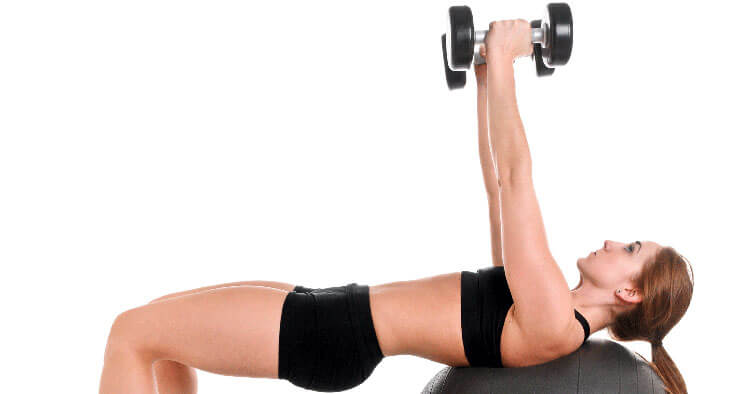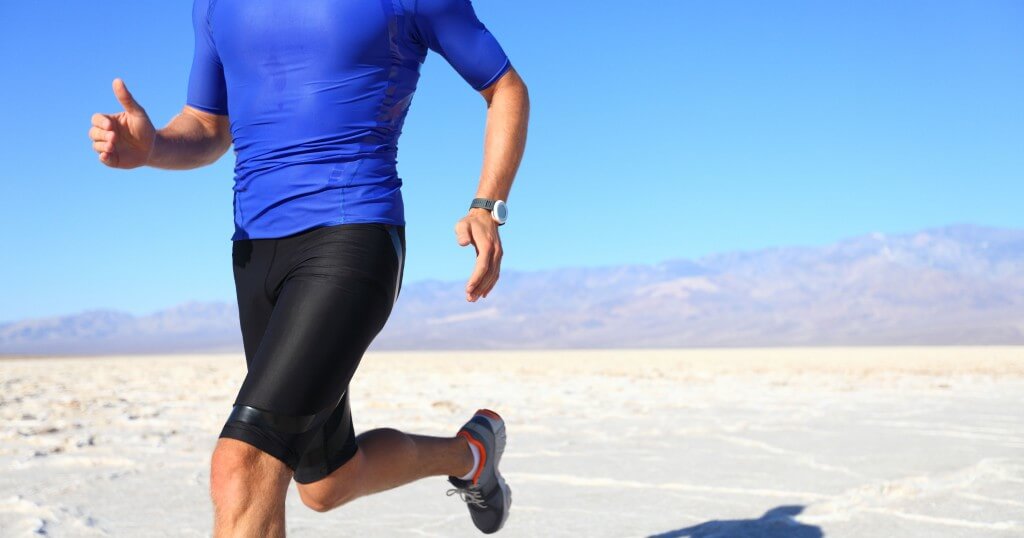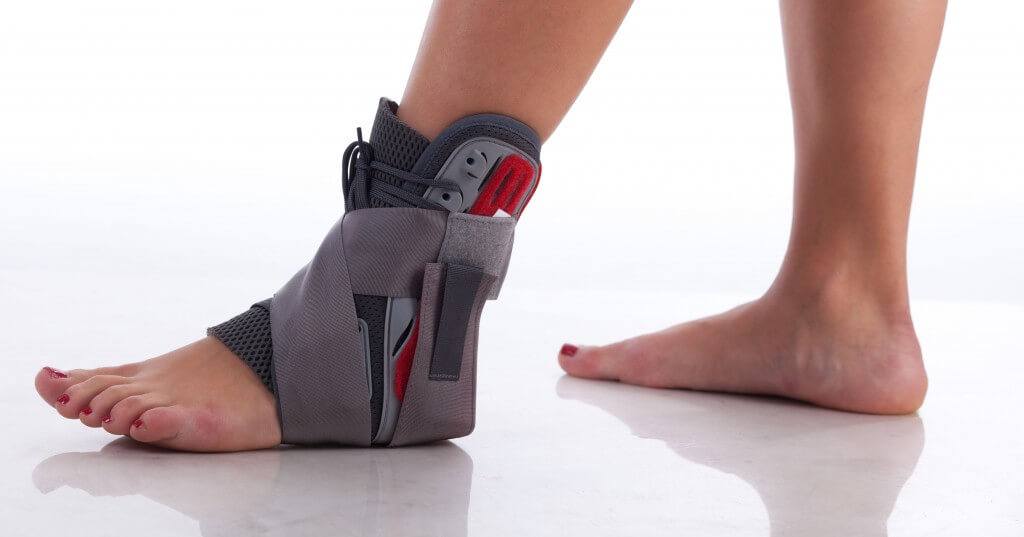How Often Should You Be Replacing Your Running Shoes? Obviously running shoes have a finite life and generally it is recommended that a pair of running shoes is replaced after approximately 700-1100 kms (or around 350-550 miles for all those Americans amongst us). The exact amount of running mileage a shoe can absorb depends on… Read More >
Category Archives: Injury Rehabilitation and Training
Why Should You Change Your Running Shoes Regularly? Running in worn out running shoes may increase your risk of suffering an injury. Components of a typical running shoe will wear out over time and not all parts of a shoe wear out evenly. This means that not only will the shoes cushioning qualities change over… Read More >
What Can I Do To Effectively Use Standing Desks At Work? Standing desks when used correctly can help make up a part of the solution towards better health in the modern world for many white collar office workers. Standing desks alone are clearly not the solution, however their appropriate use on top of living a… Read More >
Standing Verses Sitting In The Office Space Considering staying still in any position be it sitting, standing or lying for too long isn’t considered great for your health regardless of which posture it is, then it goes with out saying that as an office worker how you structure your approach to your work day both… Read More >
Can You Stop Yourself From Getting DOMS? There currently isn’t any research backing to suggest that stretching (static stretching) either before, or after exercise alters the likelihood of developing delayed onset muscle soreness from any exercise session. Possibly what is the best way to attempt to safeguard yourself against getting DOMS following exercise is simply… Read More >
Delayed Onset Muscle Soreness, More Commonly Known As DOMS Delayed onset muscle soreness, or more commonly referred to by the acronym DOMS is that muscle soreness felt following exercise. A soreness that typically starts somewhere between 6 to 24 hours after activity. With DOMS any soreness is often noted to be at its worst around… Read More >
The Basics Around Injury Rehab Eating The hot tip would be “don’t diet,” many athletes (and exercise enthusiasts alike) when they get injured experience some fear around the possibility of getting fat given that they won’t have the capacity to train as they were prior to suffering the injury. So it isn’t uncommon for people… Read More >
Sports Compression Tights: Do They Actually Do What They Claim? These days sports compression tights are fairly big business in the sports and fitness industry with several big company’s manufacturing them and more and more new manufactures popping up every year. Many of these manufacturers make claims regarding the benefits around wearing their sports compression… Read More >
The Difference Between A Chiropractor And A Physiotherapist What’s the difference between a chiropractor and a physiotherapist is a question I get asked by a several of my patients. Between an osteopath, physiotherapist and a chiropractor there is a lot of confusion with regards to what each health professional does, what differentiates one from the… Read More >
Ankle Bracing: An Effective Method For Preventing Ankle Sprains Ankle sprains typically occur as a result of a twisting movement from a miss timed step, awkward landing, or being on the receiving end of an ill-timed or aggressive tackle during sport. Such injury mechanism can potentially cause damage to several soft tissues around the ankle… Read More >











